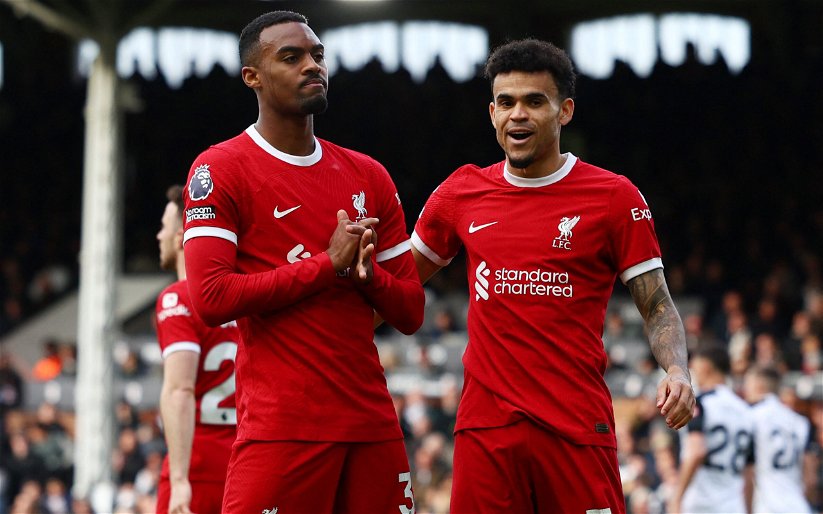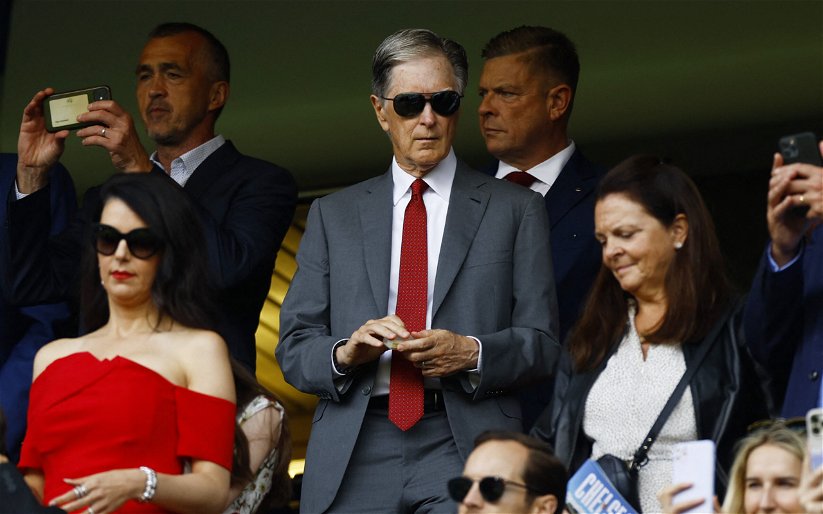Along with the greatly anticipated arrival of John Henry and his ‘FSG’ at Liverpool in 2010, was a sense somewhat spliced between relief and optimism – restbite from the previous ownership and a born-again hope for the future of the club.
Following Tom Hicks and George Gillett’s grim spell at the reigns at the club, Henry and co. could do little wrong. They simply had to supply funds and keep us from another administration scare to win over the Liverpool faithful. Yet, at first, they did this and more.
ON THIS DAY 2007: Tom Hicks and George Gillett were part of a consortium that took over Liverpool.
That went well then. pic.twitter.com/rLEQ84ZEzH
— Squawka (@Squawka) February 6, 2017
When looking back to Brendan Rodgers’ tirade of typically underwhelming signings (see Joe Allen, Oumar Assaidi, Rickie Lambert, etc.), the incomings were well-backed and funded for the most part. In 2011, despite dividing opinion amongst fans and pundits alike, Andy Carrol’s club-record fee was approved by the owners and was followed even by the shrewd acquisition of the far more talented Luis Suarez.
In the first test of their resolve, FSG had passed with flying colours. They had reinvested Fernando Torres’ lofty transfer profit in an attempt to recruit talent enough to plug El Nino’s void. All was good, and fans were eased through the bereavement of Torres’ departure through the promising attackers their club had signed.
Appeasement in this form goes a lot further than just replacing players however. It also reassures fans and, quite possibly, players alike. It suggests that everything and anything possible is being done to ensure that quality remains in the side. Take a look at Arsenal’s business in the window just passed for example. Two world class players in Henrikh Mkhitaryan and Pierre-Emerick Aubameyang brought in to replace the outgoing Alexis Sanchez. This is how things should be done; with a contingency plan in mind.
Henrikh Mkhitaryan has now assisted Pierre-Emerick Aubameyang for the first time since 30th April 2016 when Borussia Dortmund beat Wolfsburg 5-1.
644 days. pic.twitter.com/v50e1FpCA3
— Squawka (@Squawka) February 3, 2018
And so, the post-Torres period springs to mind now more than ever, due to the gradually receding ambition and expenditure of the club’s owners in comparison with their previous endeavours.
Simply look towards to Luis Suarez’s move to Barcelona in 2015 just two-and-a-half years later. Despite the sizeable £75 million fee, little was done to properly imbue the squad with anywhere near enough talent to compete on both domestic and European platforms. Certainly, transfers were made and the squad was ‘fleshed-out’, but that one, special player was left wanting. That type of talent that you could mould a side around just as we had with our former number seven.
That year, Liverpool both crashed out of Europe with a whimper and slumped to a sixth placed finish in the Premier League. Not enough had been done and it showed – hence why a recent and justified sense of dread has settled like lead in the stomachs of Liverpool fans. Not one of Philippe Coutinho’s £145-million transfer fee has been spent adequately. No replacements. No ambition. And most worryingly, no plan.
You may argue that Virgil van Dijk had been brought into the club prior to Coutinho’s exit, and that was surely a sign of intent. Yet, Klopp remained steadfast that, until the last minute, he and the owners were doing everything in their power to tie Coutinho down. Van Dijk then, seemingly wasn’t purchased with the anticipated Coutinho funds. Even so, though a solid centre-back had been direly sought-after for some time, we find ourselves significantly weaker than when we went into the transfer window.
As a team competing in both the most competitive domestic league in world football, as well as the Champions League once again, how could no plan be in place to replace arguably the most gifted player in the league?

With a total net-spend of just over 10 million during FSG’s seven years at the club, two questions beg: is Klopp really quite as in control of Liverpool’s incomings as he makes out to be, and are FSG just in it for the money (taking us all for a ride in the meanwhile)?
With this constant one step-forward, one step-back approach, it’s quite obvious that in the very nature of the colloquialism – we’re getting nowhere.



